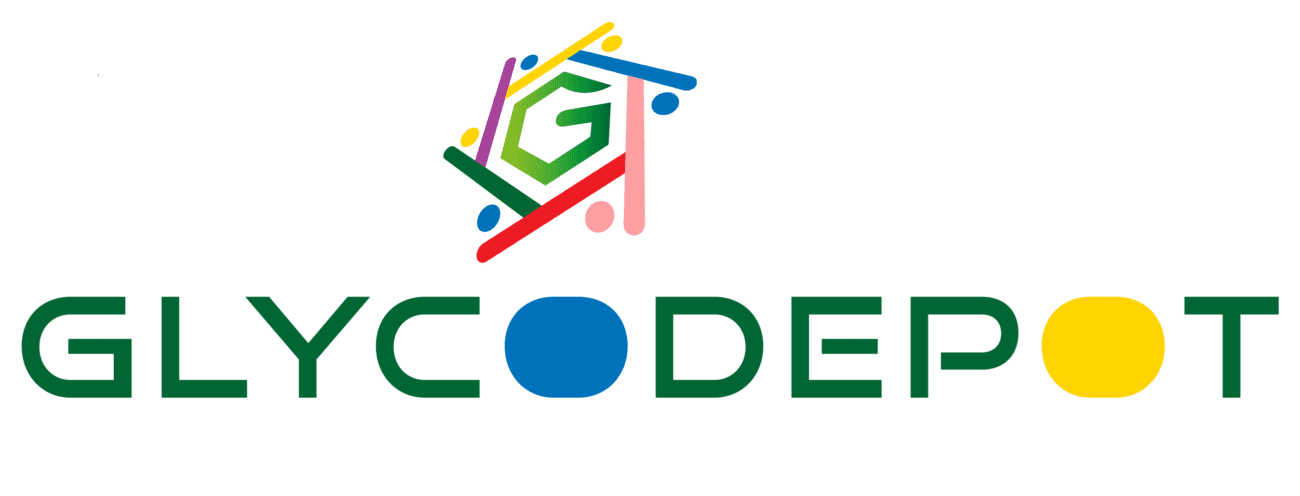3,6,2′,3′,4′,6′-Hexa-O-acetyl-D-cellobial is a chemically synthesized fully acetylated derivative of cellobiose, where all hydroxyl groups on both the glucose units of the disaccharide are protected by acetyl groups. This compound typically appears as a white crystalline solid and serves as an essential intermediate in synthetic carbohydrate chemistry. The full acetylation enhances its solubility and stability in organic solvents, enabling selective and controlled glycosylation and functional group manipulation. The dual glucose units linked by β(1→4) glycosidic bonds maintain sugar specificity, making it crucial in constructing complex oligosaccharides, glycoconjugates, and glycomimetics. This compound plays a vital role in medicinal chemistry and glycobiology research, including the development of bioactive molecules and enzymatic glycosylation studies. It is supplied with high purity verified by analytical techniques and requires proper refrigerated storage to retain chemical integrity for laboratories and pharmaceutical manufacturing.
IUPAC Name
- 3,6,2′,3′,4′,6′-hexa-O-acetyl-D-cellobial
Appearance
Source
- Synthesized by full acetylation of cellobiose under controlled laboratory conditions using standard organic chemistry procedures
Molecular Weight and Structure
- Molecular Formula: C26H34O15
- Molecular Weight: Approximately 606.53 g/mol
- Structure: Two glucose units linked by β(1→4) glycosidic bond with six acetyl groups protecting hydroxyls across both units
- SMILES: C(C1C(C(C(C(O1)OC2C(C(C(C(O2)OC=O)OC=O)OC=O)OC=O)OC=O)OC=O)OC=O)OC=O
Sugar Specificity
- β-D-cellobiose derivative with acetyl protections at 3,6 and 2′,3′,4′,6′ hydroxyls
- Maintains specificity for glucosyl acceptors and donors in carbohydrate chemistry
Biological Activity
- Primarily a synthetic intermediate without intrinsic biological activity
- Useful in mechanistic enzyme studies, such as glucosidase and glucanase interactions
- Serves in medicinal chemistry for designing glycomimetic drugs and biochemical probes
Purity and Microbial Contamination
- Supplied with purity exceeding 95%, confirmed by chromatographic and spectral analyses
- Chemical synthesis and purification protocols ensure minimal to no microbial contamination
Identity and Quality Control
- Verified by NMR spectroscopy, mass spectrometry, and chromatographic purity assays
- Certificate of Analysis and Safety Data Sheets accompany the compound
- Melting point and spectral properties documented for quality assurance
Shelf Life and Storage
- Store in sealed containers at 2–8 °C away from moisture and light
- Stable typically for over 1 year under recommended storage conditions
- Protect from heat and humidity to avoid acetyl group hydrolysis
Application
- Intermediate in synthesis of complex oligosaccharides and glycoconjugates
- Facilitates glycosyl donor and acceptor reactions with precise stereochemical control
- Used in the preparation of glycomimetics and glycosidase inhibitor molecules
- Supports biochemical and medicinal chemistry research including enzyme mechanism and drug design
Key Characteristics
- Fully acetylated D-cellobiose derivative (hexa-acetylated)
- Molecular weight approx. 606.53 g/mol
- White crystalline solid with high purity (>95%)
- Enhances solubility and stability for synthetic carbohydrate chemistry
- Enables regio- and stereoselective glycosylation and functionalization
- Supplied with full analytical and quality assurance data
- Critical for advanced glycobiology and pharmaceutical chemistry
- Stable under refrigerated storage conditions
Citations
- ChemicalBook acetylated cellobiose data
- PMC enzymatic studies of cellobiose derivatives
- Sigma-Aldrich related carbohydrate derivatives
- Patents on glycosylation and carbohydrate synthesis
- Synthose carbohydrate intermediates
- PubChem glucosyl compounds
- MedChemExpress glycomimetics research
- Glentham Life Sciences glycan catalog
- ScienceDirect carbohydrate chemistry articles
- Chemistry Europe reviews on glycosyl donor synthesis

Reviews
There are no reviews yet.